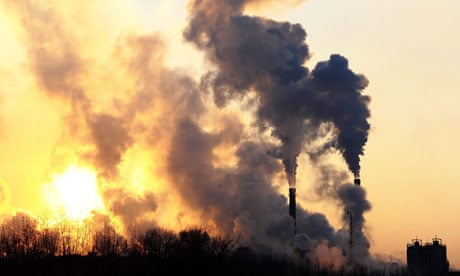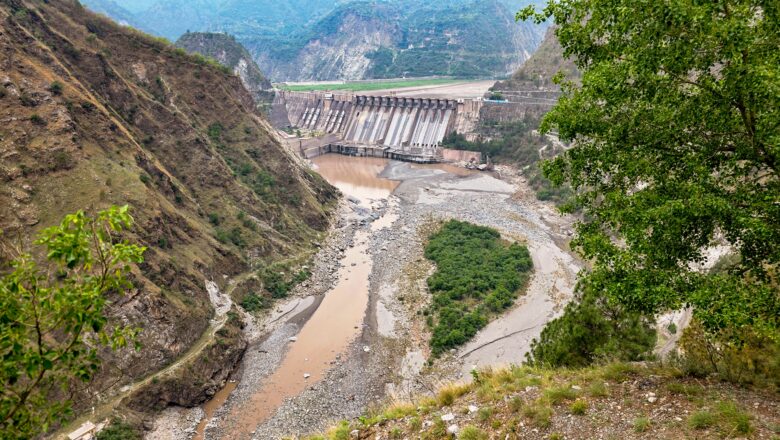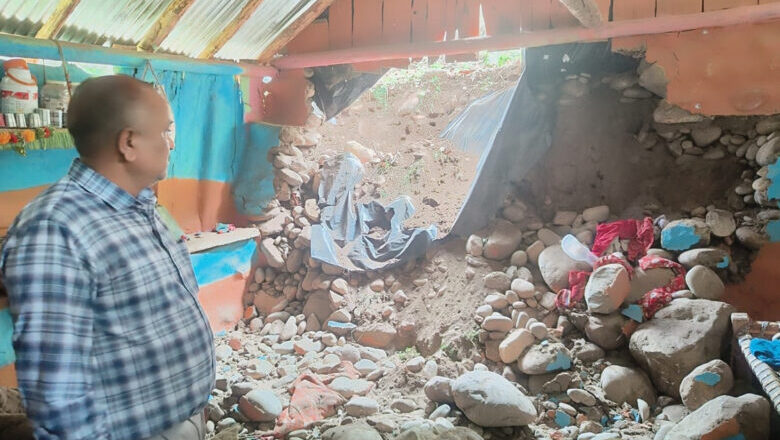
WMO Unveils New Action Plan to Promote Gender Equality in Climate Services
The World Meteorological Organization (WMO) has taken a major step towards promoting gender equality across its global activities. The Executive Council recently approved an updated Gender Action Plan designed to integrate gender considerations into weather, water, and climate services. This plan aims to ensure that climate warnings, disaster responses, and scientific services are inclusive and reach all sections of society.
The new plan focuses on three main areas: improving planning by including gender-sensitive goals and data; ensuring fair representation of women in leadership roles, with a target of at least 40% female participation in decision-making bodies; and building skills by offering training and leadership programs for women and young girls interested in science and technol...









